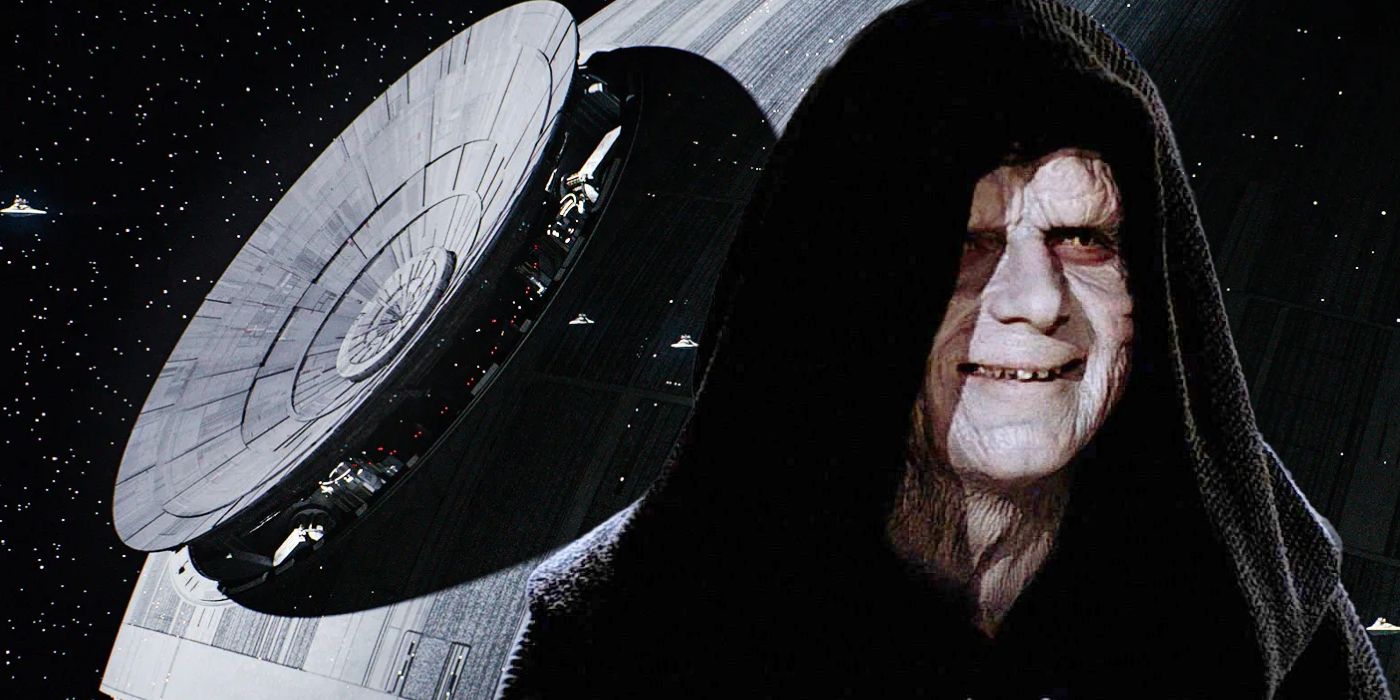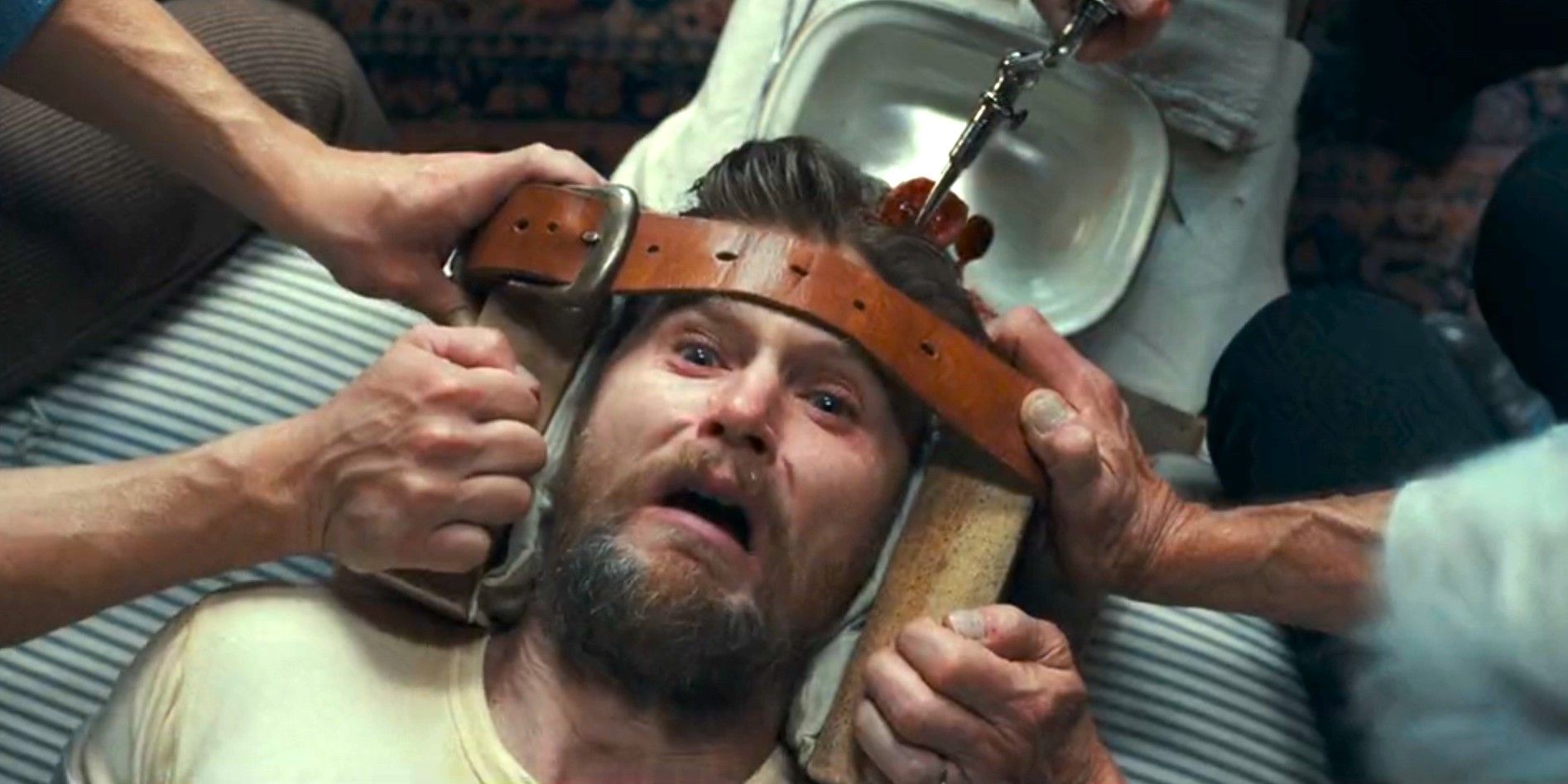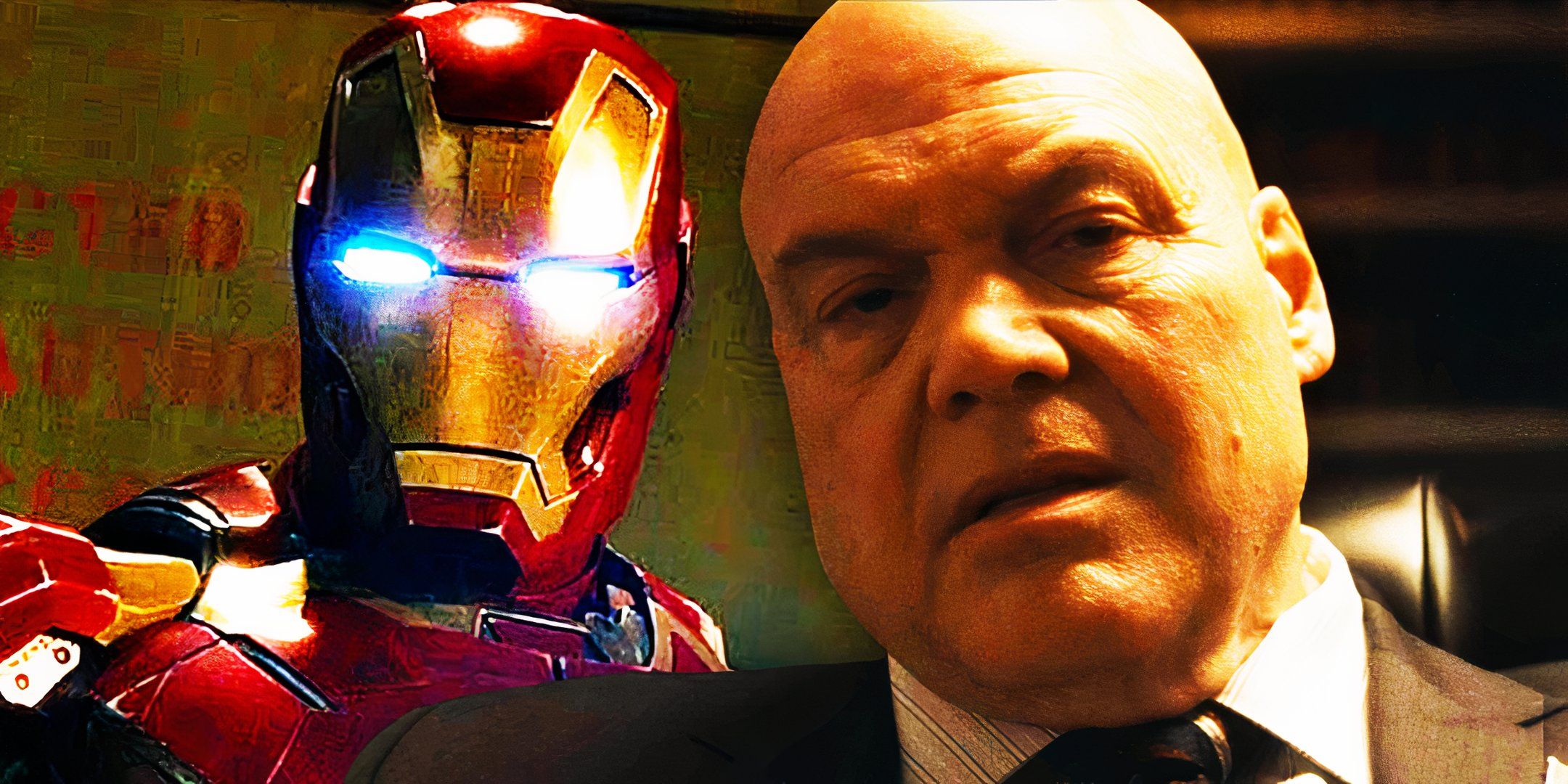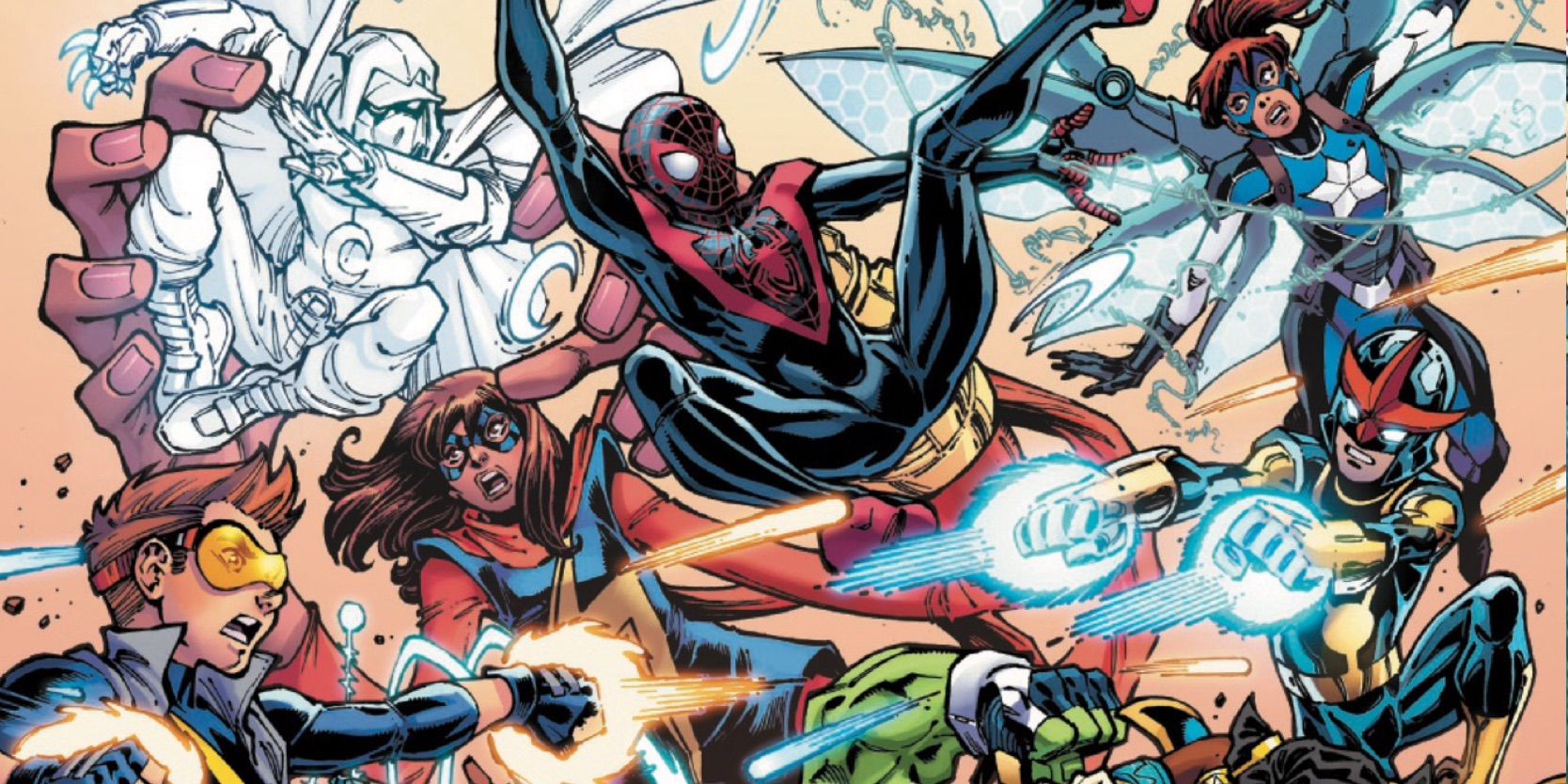Star Wars Just Secretly Revealed The Real Reason The Death Star Took 20 Years
Summary Republic forces retrieved the Death Star plans after the Battle of Geonosis, leading to construction under Palpatine's persuasion.
Financial barriers and rare materials slowed Death Star construction, but that wasn't the only problem.
Projects like TIE-D program and Project Necromancer competed for resources, impacting Death Star completion time.
Star Wars has finally revealed te real reason the first Death Star took 20 years to build. The Star Wars prequel trilogy revealed that the origin of the Death Star can be found back before the Clone Wars even began. Republic forces retrieved the first Death Star plans after the Battle of Geonosis; according to James Luceno's novel Catalyst, Palpatine used fear of a Separatist superweapon to persuade the Republic to begin construction. The superstructure was almost finished by the time of Star Wars: Episode III - Revenge of the Sith.
One of the core problems, though, lay in the fact the Death Star's superlaser used untested technology. Rogue One: A Star Wars Story revealed it was a scientist named Galen Erso who figured out how to use kyber crystals to power the superlaser, but he also sabotaged it. But that wasn't the only reason the Death Star construction took so long - because Star Wars: The Bad Batch season 3 may have finally revealed the truth.
Related Star Wars: How The Death Star Works & Why Luke Could Destroy It With One Shot The Death Star was the Empire's most dangerous superweapon - but how diid its superlaser work, and why could Luke destroy it with one shot?
Superweapons Take A Lot Of Credits To Build
The Death Star Was a Big Financial Investment
Close
The Death Star construction was a massive undertaking, not helped by Galen Erso's going on the run for a while. But, while it was difficult for the Empire to perfect the science, there were also financial barriers to completing the work. It takes a lot of credits to build a space station the size of a small moon, and the raw materials weren't cheap.
Andor season 1 revealed the Empire used prison labor in the end, because these workers werenn't monitored or overseen. This reduced labor costs, but it didn't make it any cheaper to acquire the raw materials. Matters became even more complicated when Erso's plans required kyber, a rare substance. This led to vast mining operations on planets such as Jedah, as seen in Rogue One: A Star Wars Story, and rebel cells were even able to begin tracing the shipments.
Emperor Palpatine/Darth Sidious The senator for Naboo, Palpatine rose to power and influence during the dying days of the Republic. In reality, his public persona was just a mask; he was really Darth Sidious, greatest of the Sith Lords, and he used his political skills and Machiavellian cunning to bring down both the Republic and the Jedi. Palpatine ruled his Galactic Empire for decades, until he was betrayed by his apprentice, Darth Vader. Even this wasn't enough to stop the Emperor, however, as he was resurrected by his followers - only to be defeated once again. Created By George Lucas Cast Ian McDiarmid , Sam Witwer , ian abercrombie First Appearance Star Wars: Episode V - The Empire Strikes Back
Palpatine Spread The Empire's Resources Too Thinly
The Empire Had Many Expensive Projects
Close
Grand Moff Tarkin An accomplished military officer during the Clone Wars, Tarkin caught Palpatine's eye due to their similar philosophies. Tarkin swiftly ascended to a position of significance after the establishment of the Empire, and became governor of the entire Outer Rim, even taking over the entire Death Star project. He was the one responsible for the destruction of Alderaan, but himself died when the Death Star was destroyed. Created By George Lucas Cast Peter Cushing , Wayne Pygram , stephen stanton , Guy Henry First Appearance Star Wars: Episode IV - A New Hope
Palpatine may have had almost unlimited power, but he was still constrained by financial limitations. The Death Star was incredibly expensive, but so were his many other plans - such as Project Necromancer, seen in Star Wars: The Bad Batch season 3. Even high-ranking Imperials such as (then) Moff Tarkin were unaware of the reasons for this funding; in The Bad Batch season 3, episode 10 ("Identity Crisis"), Tarkin attempted to force Dr. Hemlock to tell him the truth about Project Necromancer. With Palpatine compartmentalizing so much information, it’s not surprising that Tarkin was questioning Hemlock’s spending.
This wasn't Palpatine's only project. According to Alexander Freed's Alphabet Squadron trilogy, he used droids to transform vast parts of Coruscant's undercity into a powerful supercomputer; Chuck Wendig's Aftermath trilogy revealed he spent years turning the entire planet Jakku into a bomb, intending to use it as a safeguard should he ever lose the Empire. Even the Imperial Inquisitors were expensive, wiith a vast citadel constructed in the Mustafar system.
The Bad Batch series finale will premiere on May 1, 2024 on Disney+.
Other Important Projects Wound Up Competing With The Death Star
Projects Took Funds Away From The Death Star
Close
Star Wars Rebels Set between Episodes III and IV of the Star Wars film franchise, Star Wars Rebels is a canon animated series that follows a group of ragtag heroes who band together to face the Empire. In an age where the Galactic Empire is hunting down the last of the Jedi, a teenage outcast named Ezra Bridger is discovered to be force sensitive by a surviving Jedi known as Kanan Jarrus. Agreeing to join them and accept Jedi training, Ezra becomes a part of a small but growing crew of rebels determined to destroy the empire covertly. Cast David Oyelowo , Steve Blum , Freddie Prinze Jr. , Tiya Sircar , Vanessa Marshall , Jason Isaacs , Taylor Gray Seasons 4 Streaming Service(s) Disney+ Writers Dave Filoni , Greg Weisman
The TIE-D project would’ve likely significantly harmed the Rebel Alliance’s chances against the Empire.
All these projects competed for liimited resources, and Star Wars Rebels revealed another that had the potential to stall or even halt the Death Star's construction. Grand Admiral Thrawn's TIE-D program had the potential to give the Empire a fleet of TIE Fighters, equipped with hyperdrives and deflector shields, and they would have been a lot harder to destroy than regular TIE Fighters. The TIE-D project would’ve likely significantly harmed the Rebel Alliance’s chances against the Empire.
It's now becoming clear why the Death Star's construction took so long. Even an entire galaxy can only sustain the development of so many superweapons and battle-fleets at once, and creative accounting can only go so far. Star Wars: The Bad Batch has finally revealed why the Death Star took so long to build.











COMMENTS